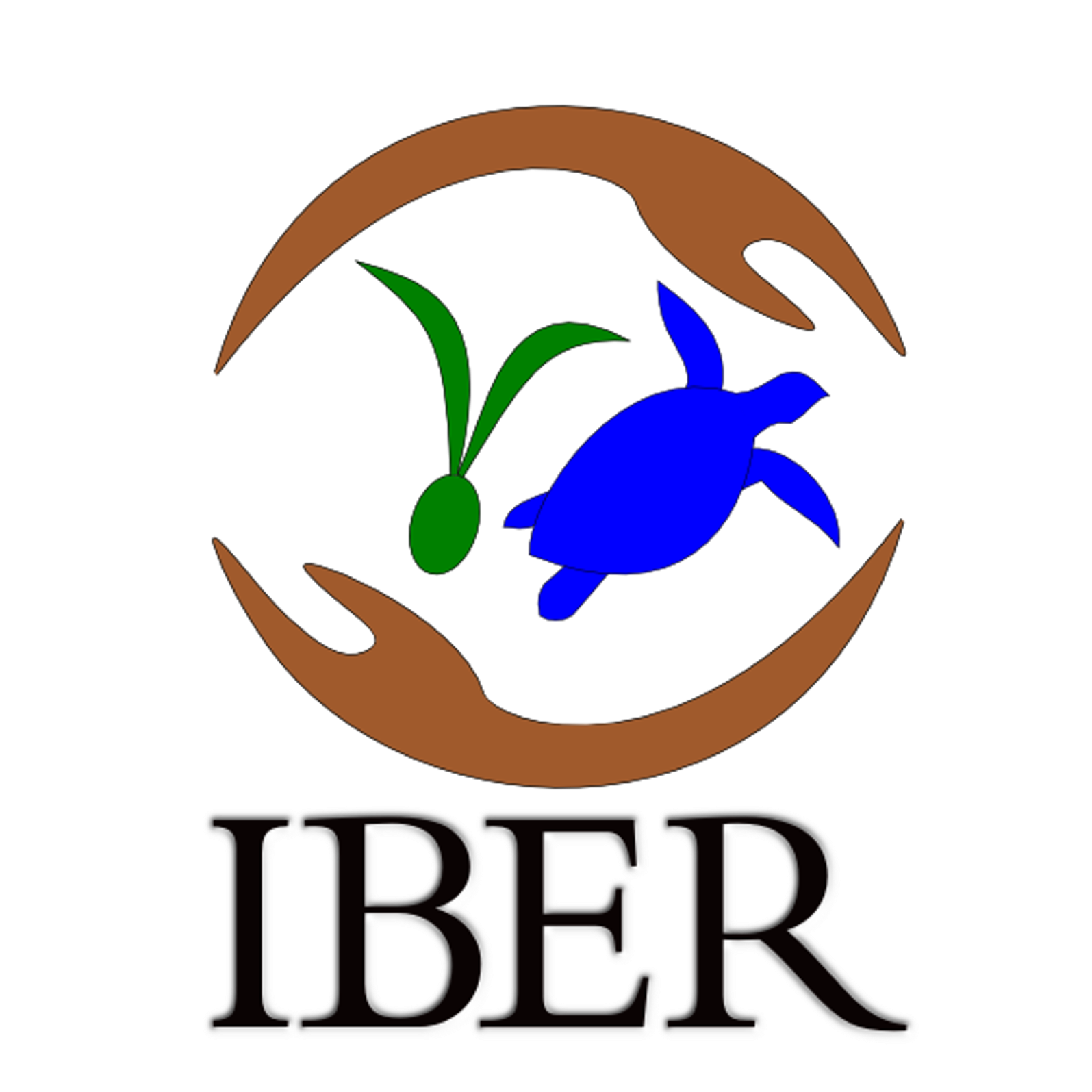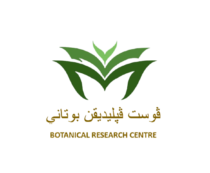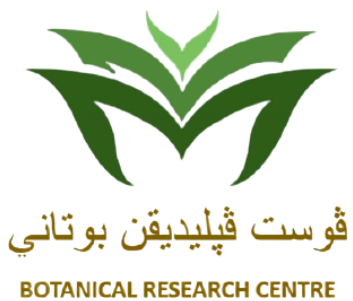Murdannia loriformis (Hassk.) R.S.Rao & Kammathy
Beijing grass / Rumput China (M.)
Perennial or annual herb. Leaves are simple, sheathing, blade-like, often glabrous and arising from the aerial stem. Leaf blade is linear with hairy margin only proximally. The main stems are undeveloped while the fertile stems arise from a rosette. Inflorescence a terminal cyme (cincinnus). Flowers are white to blue. Fruit an ovoid- globose capsule. Seeds are yellowish- brown. Roots are fibrous Rhizomes
The fresh leaves are bruised into smaller pieces and applied externally as poultice on forehead to relieve cold especially for children. The plant possesses antitumorous, insecticidal, CNS depressant, analgesic, antimicrobial, anti-inflammatory, antiallergic, antianaphylactic, antileishmanial, antiulcer, antibacterial, antifungal, antihistamine, antiviral, febrifuge, gastroprotective, immunosuppresive, insecticidal, muscle relaxant, sedative and anticancer activities.
It is commonly found in wastelands, on hill slopes, near streams and over thickets. It prefers moist but well- drained soil under sunny position.
Root division.
Distributed in tropical and subtropical Asia.
None





